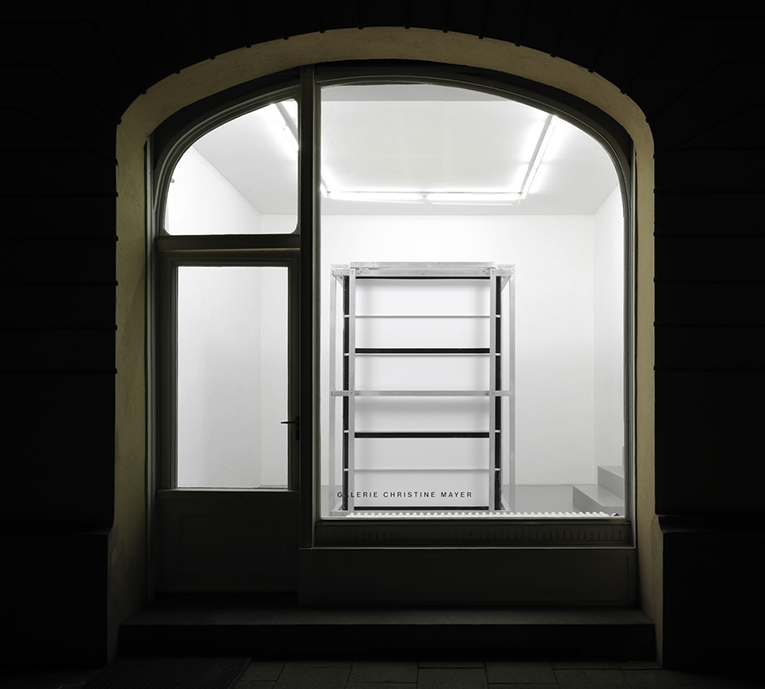
Installation view

Installation view
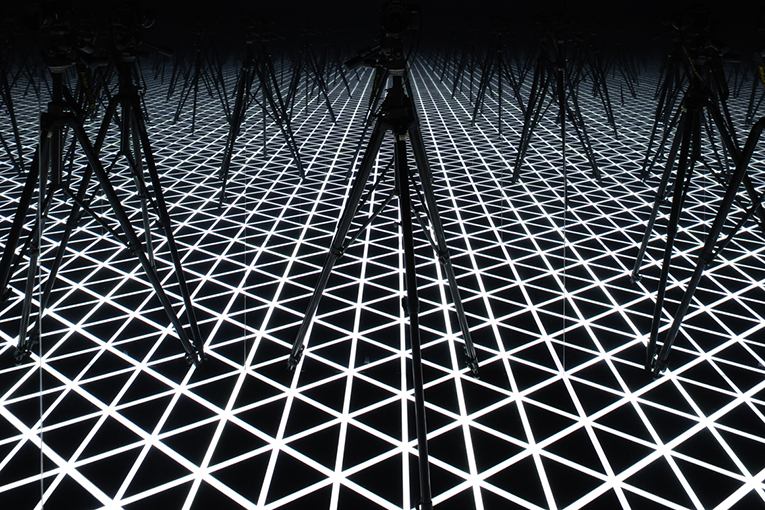
Internal Space, 2015, mirror, LED’s, aluminium, acrylic glass, velvet, wood, adhesive foil
243,5 x 171 x 177 cm
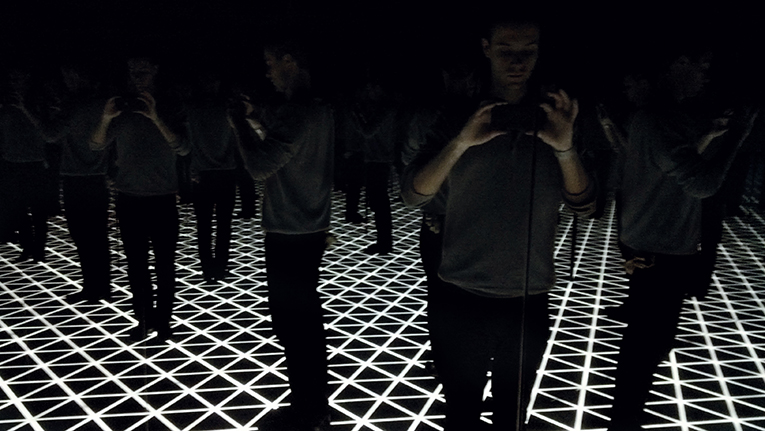 Roland Burkart in Internal Space, 2015
Roland Burkart in Internal Space, 2015
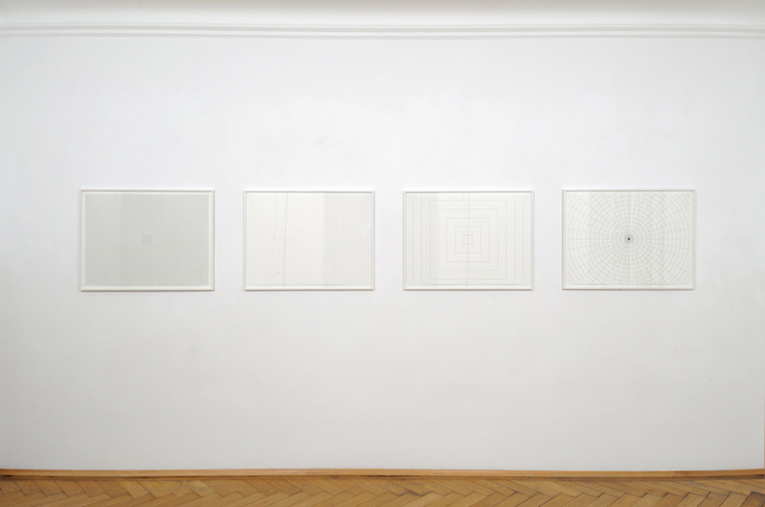
Installation view
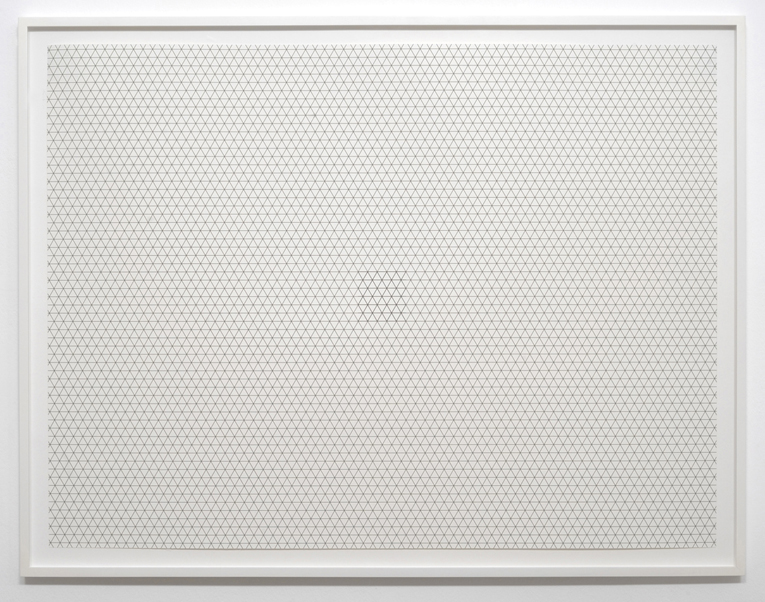
Grid, 2015, ink and pencil on paper
77,2 x 58 cm, edition: 3 + 2 AP
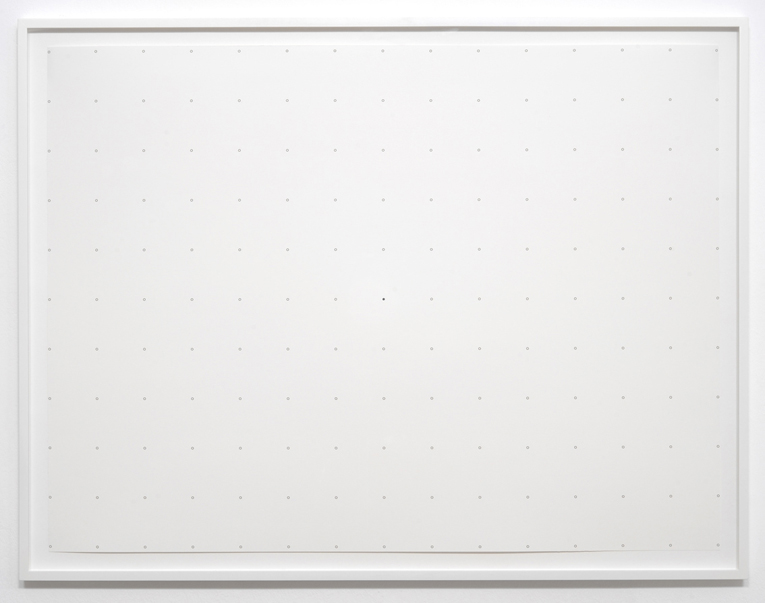
Place, 2015, ink and pencil on paper
77,2 x 58 cm, edition: 3 + 2 AP
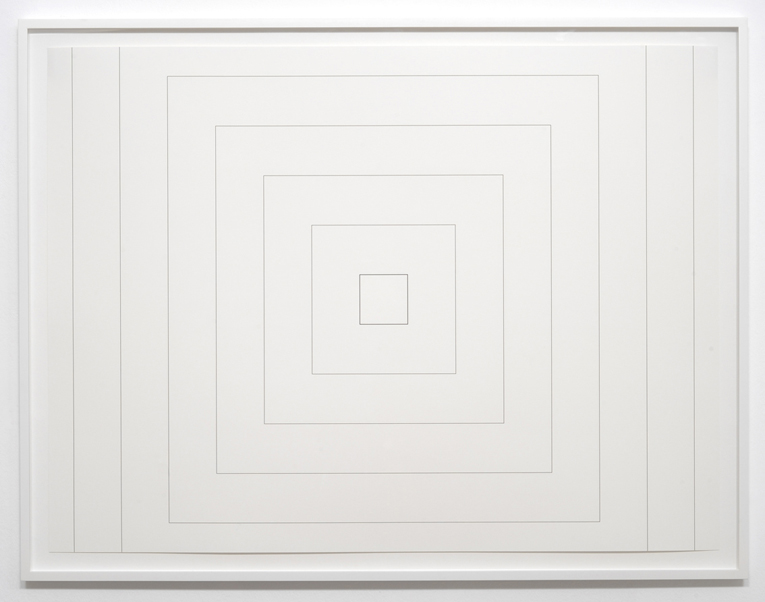
Border, 2015, ink and pencil on paper
77,2 x 58 cm, edition: 3 + 2 AP
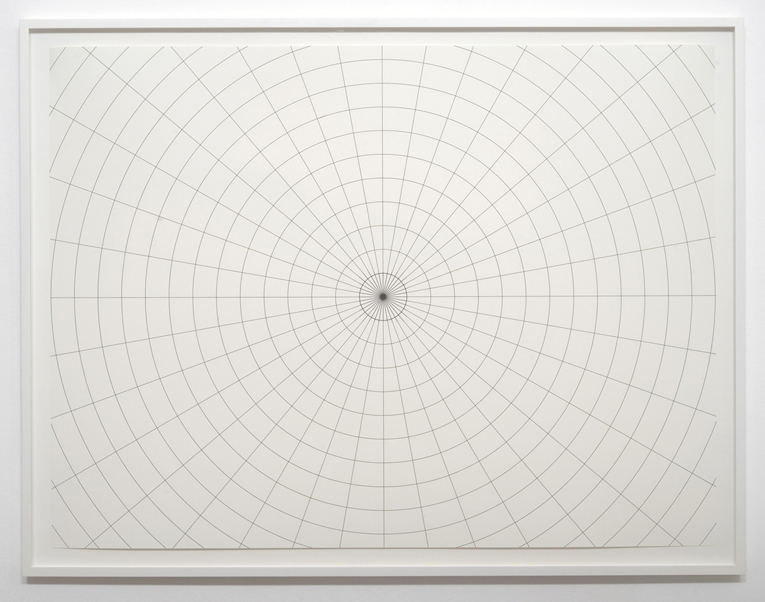
Head Direction, 2015, ink and pencil on paper
77,2 x 58 cm, edition: 3 + 2 AP
Breite, Höhe, Tiefe. Festgelegte Konstanten des Raumes, der einen umgibt und innerhalb welchem es sich zu orientieren gilt. Die visuell wahrgenommenen Achsen verschieben sich mit der eigenen Bewegung – ein Vorgang, den Roland Burkart mit seinen 4 Movements in Architecture festhält: Linien innerhalb der jeweils acht Panels zeigen die ständige Transformation einer Raumwahrnehmung. In Grid, Place, Border, Head Direction wird der Blick des Betrachters auf den betonten Mittelpunkt fixiert, um den herum sich geometrische Grundformen fortsetzen. Burkart spannt innerhalb der Bildträger imaginäre Räume aus Linien und Flächen auf, welche die Grenzen der Rahmung zu überschreiten scheinen.
Diese Grundgedanken der Arbeiten auf Papier werden in der Installation Internal Space schließlich auch körperlich erfahrbar gemacht: Ein fast kubischer Körper innerhalb des Galerieraumes, dessen Inneres durch eine umgreifende Aluminiumkonstruktion zunächst verborgen bleibt. Der Betrachter betritt die Box durch eine schwere Tür und steht auf einem leuchtenden Raster. Spiegelwände setzen das Raster ins Unendliche fort, lassen den dunklen Untergrund verschwinden und versetzen den Betrachter in einen beinahe schwebenden Zustand. Bewegt sich der Betrachter, orientiert er sich auch an seinen eigenen Spiegelbildern, die sich mit ihm auf dem weit gestreckten Raster bewegen. In ihrer physischen Erfahrbarkeit hinterfragt die Installation unsere abstrakte Vorstellung von Raum.
Rastersysteme sind konstitutiv für wissenschaftliche wie gestalterische Arbeitsmethoden und auch menschliche Gehirnzellen erzeugen ein hexagonales Raster, um sich im Raum zu orientieren. Statt als ordnende Instanz nutzt Burkart das repetitive Potential des Rasters als formalen Ausgangspunkt um Räume aufzubrechen und die eigene Wahrnehmung zu hinterfragen.
Die klare Struktur des Rasters sieht sich konfrontiert mit ihrer grenzenlosen Reflektion. Es ist diese Ambivalenz, welche zu einer Entgrenzung der eigenen Raumwahrnehmung führt und nach einem Moment der Vergewisserung verlangt: einer Situierung im abstrakten Raum der Installation. Diesen Augenblick hält Roland Burkart in einem fotografischen Selbstporträt fest – ein „Selfie“, angefertigt mit der eigenen Handykamera. Die Fotografie dokumentiert hier nicht nur die Arbeit des Künstlers, sie offenbart den fragilen Moment der Selbstverortung, welche in den von Roland Burkart aufgespannten Räumen mit jedem Augenschlag aufs Neue gefunden werden muss.
GALERIE CHRISTINE MAYER zeigt die erste Einzelausstellung des in München lebenden Künstlers Roland Burkart (*1990, Montpellier), der seit 2010 an der Akademie der Bildenden Künste in der Klasse Peter Kogler studiert.
Width, Height, Depth. Fixed constants in the spaces surrounding you and within which you have to continually orient yourself. The visually experienced axes shift in concord with your own movements – a process documented by Roland Burkart in 4 Movements in Architecture: The lines within the respective eight panels reveal the continuous transformation of how space is perceived and sensed. In Grid, Place, Border, Head Direction the gaze of the viewer is fastened onto a centre point encompassed by geometrical forms which multiply around it. Within the panels, Burkart opens up imaginary spaces consisting of lines and planes which seem to transgress the borders of their frames.
In the installation Internal Space, these key ideas are taken into the realm of corporeal experience: An almost cubical body within the space of the gallery whose interior remains hidden by an all-encompassing aluminium construction. The viewers enter this box by way of a heavy door and find themselves standing on an illuminated raster. Mirrored walls continue this raster into infinity, let the dark floor vanish and transport the viewer into an almost floating condition. If the visitors move, they are inevitably referred back to their own reflections which shift simultaneously within the expanding rasters. As we participate in this physical and sensory encounter, the installation subverts abstract notions of spatiality.
Grid patterns are constitutive for academic, scientific as well as artistic work and the human brain produces hexagonal rasters to be able to orient itself in space. But instead of creating a regulative, controlled ordering system, Burkart uses the repetitive potential of the raster as orientation point to break open spatial structures and question cognitive perceptions.
The clear-cut composition of the grids is confronted by its infinite reflection. It is precisely this ambivalence which makes fluid our spatial experience and which causes us to hesitate and seek a brief moment of assurance: to situate ourselves in the abstract space of the installation. Exactly this moment is captured by Roland Burkart in a photographic self-portrait – a “selfie”, taken with his own mobile phone. The photograph not only documents the artist’s work but at the same time discloses the fragile instance of trying to locate oneself; a process which has to be undergone again and again in Burkart’s expanding spaces.
GALERIE CHRISTINE MAYER presents the first solo exhibition of Roland Burkart (*1990, Montpellier) who is currently living in Munich and studying at Akademie der Bildenden Künste under Peter Kogler since 2010.
By Maximilian Westphal, translated by Jennifer Leetsch